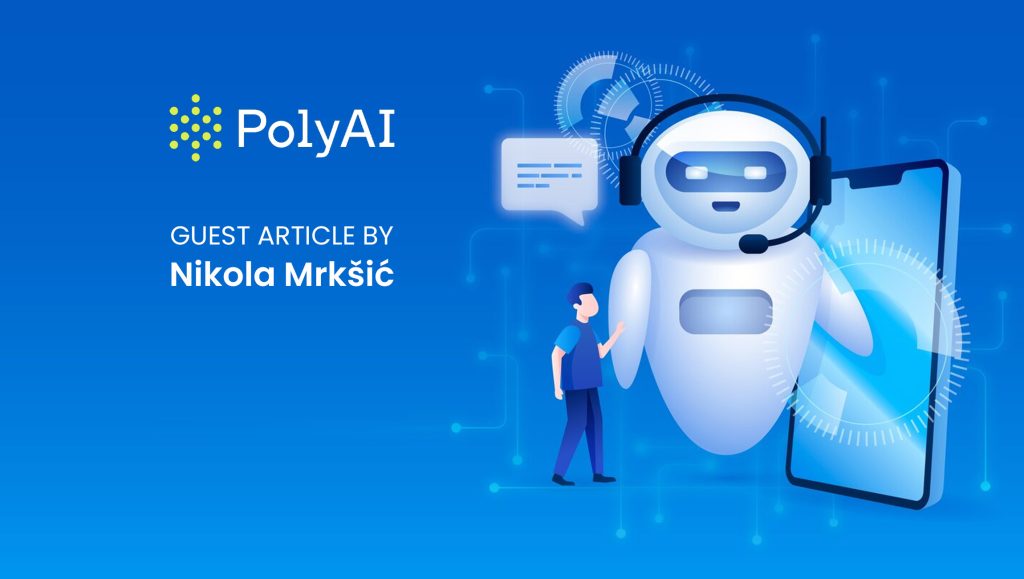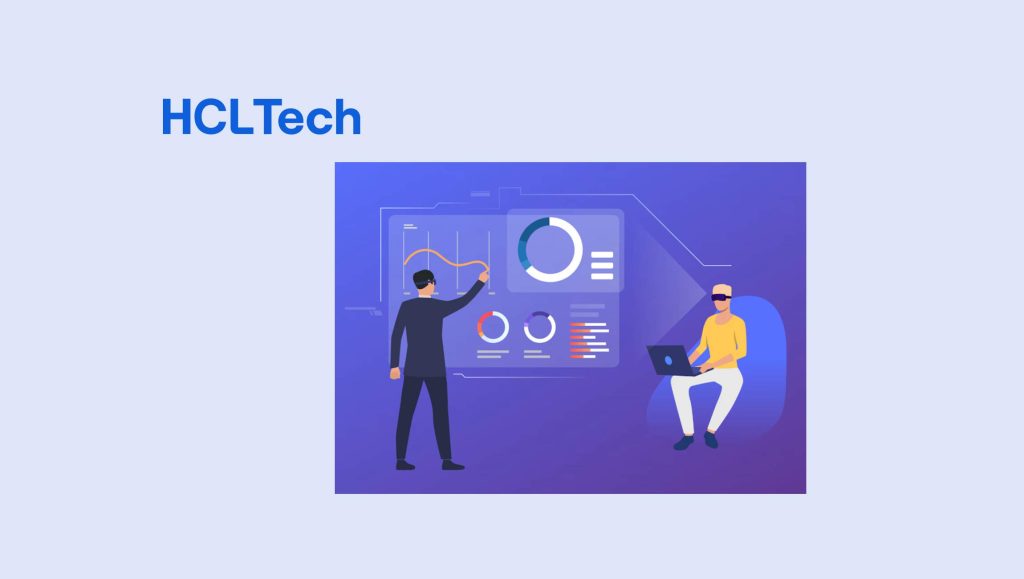Calling an automated customer service line can feel like getting lost in a frustrating maze. A robotic voice greets you and rattles off the menu options. As you navigate the confusing paths to reach a human agent, every turn seems to lead to a dead end. The responses act like misleading signs by promising solutions that only loop you back to the beginning. And just when you think you’ve finally found the way through, you hit another automated wall or abruptly get hung up on, leaving you stuck in the maze, your issue still unresolved.
Experiencing long hold times, unsolved issues and encountering poor employee attitudes shouldn’t be the standard when contacting customer service. Call centers should solve problems, not exacerbate them. However, this unfortunate reality has become commonly accepted when dealing with contact center systems. Over the years, rigid interactive voice response (IVR) systems with stilted speech and convoluted menu options have exasperated customers.
However, advances in natural language processing (NLP) and AI are ushering in a new era for call center technology. Rather than annoying more people, the latest voice AI can understand natural speech, hold fluent conversations and quickly connect customers with solutions. The future of call center AI focuses on seamless, streamlined interactions that finally deliver the satisfaction customers seek. When designed with the customer in mind, AI could soon make endless automated mazes a thing of the past.
Cracks in the call center
While customer service irritations are nothing new, key pain points like extensive hold times, lack of first-call resolution and high employee turnover all contribute to a broken system.
Nearly three-quarters of customers expect immediate service when they contact a company but often face excruciatingly long waits on hold. We’re talking an average wait time of around 12 minutes — depending on the time of day a customer calls — with the longest average being 85 minutes. About half (44%) of customers become annoyed or angry after just a 5-15 minute wait. These prolonged hold times often result in dissatisfaction and increased customer churn rates. With such extensive delays, it’s no wonder callers get fed up — hold times consistently rank as a top customer complaint.
The first-contact resolution (FCR) rate is considered the gold standard of call center performance. World-class call centers achieve over 80% FCR, meaning they resolve issues on the first interaction. But industry research shows only around 5% of centers meet that goal. The average FCR rate is about 70%, leaving 3 out of 10 calls requiring callbacks and further effort to find a solution, driving up operational costs and diminishing the customer experience.
Additionally, agent turnover is a pervasive issue with call centers. High levels of churn lead to less knowledgeable, less experienced staff handling a vast majority of customer calls. The typical tenure of a call center rep is only about 15 months. Such high turnover and short tenure take a toll on employee morale and attitudes, which customers sense on calls as apathy, frustration and lack of empathy.
Looking at the numbers behind these service failings sets the stage to better understand where AI innovation can have the greatest impact in creating more positive customer experiences in the future.
Read More: SalesTechStar Interview with Puneet Arora, Global President, Yellow.ai
Getting to the root cause of call center mishaps
Instead of enhancing customer interactions, traditional call center systems exacerbate annoyances with their robotic speech, inaccurate language processing and complex menu structures. Before delving into the potential of AI to revolutionize these experiences, it’s crucial to grasp the shortcomings of existing systems.
Many traditional IVR systems employ stilted, robotic speech, resulting in impersonal and disjointed conversations that leave customers feeling disconnected. This mechanical interaction fails to convey the warmth and responsiveness expected from a company representative, breeding consumer dissatisfaction.
Moreover, legacy call center tech struggles with accurate speech recognition, often failing to grasp the nuances of human language. This shortfall leads to frequent miscommunications and misunderstandings, forcing customers into repetitive attempts to convey their needs. Consequently, hold times are extended and issue resolution is delayed, further aggravating callers.
In addition, navigating the labyrinthine menu trees of traditional IVR systems proves cumbersome for customers. With excessive options, unclear prompts and rigid pathways leading to dead ends, customers often find themselves lost in a maze of irrelevant choices. This frustration diminishes the likelihood of issue resolution and leaves customers feeling disheartened.
Fostering customer connections with smarter systems and advanced NLP
New advances in natural language processing (NLP) are overcoming previous limitations in call center AI, enabling systems to truly comprehend customers’ intent, no matter how it’s being delivered. With sophisticated NLP algorithms, AI can parse even highly complex questions and respond accurately. This expanded language mastery reduces dependence on live agents by empowering AI to handle a wider range of customer inquiries. And by leveraging robust NLP, these AI systems can operate 24/7, providing constant customer access regardless of time of day.
Other emerging capabilities further enhance AI’s linguistics skills:
- Predictive analytics examines data like interaction history and customer details to forecast needs.
- Speech analytics assesses tone and word choice for insights into satisfaction.
- Automated analysis of customer feedback loops key learnings into the system.
With all these innovations, AI is getting smarter in understanding natural conversation. But improved language capabilities are only half the equation. Equally important is making the AI experience feel more human. Rather than rigidly following scripts, AI-powered systems engage customers in a compassionate, individualized way. This approach fosters more positive, meaningful interactions that build rapport and trust.
With this type of AI, customers enjoy shorter wait times and gain instant access to solutions rather than languishing on hold or waiting for callbacks. And they have pleasant, personalized conversations that leave them satisfied. And if the caller’s question is too complicated for AI to handle or requires a deeper level of empathy, the AI is smart enough to route that call to an experienced human agent to deal with.
These improvements drive rising adoption, with one in three business leaders investing in AI and research predicting AI interactions handling 15% of customer issues by 2026, a number that will increase to 30% by 2031. There are also major cost savings, with AI projected to save $80 billion annually by 2026 and $240 billion by 2031. And by tailoring interactions to each customer, AI typically drives 20% higher customer retention rates.
The seamless combination of AI-powered voice assistants and experienced human agents delivers frustration-free customer service through natural conversations and emotional intelligence, transforming the customer experience. With the rise of this more human-centric AI, the days of confusing automated mazes and endless holds are finally numbered.
Read More: Why AI can’t make good salespeople; implementing AI into GTM processes
Also catch: Episode 198 of The SalesStar Podcast: MarTech and AI with Jeff Samuels, COO of Iterable




















